Simplicity Coimbatore, What is Gluten ? </a
Triticum aestivum is also known as bread wheat. It is a cultivated wheat species. What most of us know to be wheat/whole wheat in the form of breads, packaged flours and other wheat based products are from this strain of wheat.
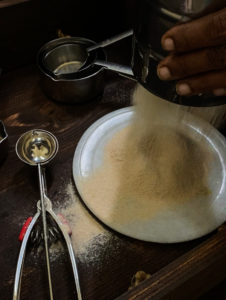
Wikipedia states that “About 95% of wheat produced worldwide is common wheat. It is the most widely grown of all crops and the cereal with the highest monetary yield.”
It is also known as modern wheat.
Why are we talking about this ? It is because we need to educate ourselves about a word which is becoming increasingly common in our vocabulary. A word called “gluten”. Of late it has become common practice to sub-consciously reach for gluten-free alternatives. The gluten scare is getting worse with more people seeking a gluten free diet.
Let’s see what it really is. Gluten is the protein found in wheat. There are other grains which do contain gluten but the one found in wheat is thought of as most toxic. It is associated with allergic reactions which range from headaches, nausea, abdominal bloating , diarrhoea, lethargy and sometimes skin and hair issues.
A small group of people are now trying to get the message across about where these health disorders actually stem from. They are environmental and organic crusaders who are part of the global community of farmers practicing sustainable agriculture.Let’s try and understand this.
The wheat that we eat these days or what people have been eating since the First World War bears little similarity to the ancient wheat grain. The reason is ,that in order to domesticate the wild wheat grass, wheat was one of the first ancient grains manipulated by humans.
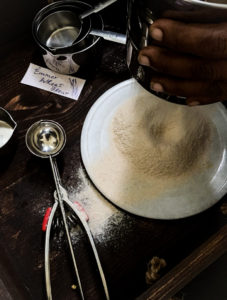
Centuries ago grains like Emmer or Farro (called Khapli in India), Einkorn and Spelt were the ancient strains of wheat. Ancient grains remain unchanged for hundreds of years, are able to withstand pest attacks and offer nutritive properties which are naturally present and not introduced in an artificial manner.
So when these grains began to be tampered with to introduce new strains which would yield better, grow faster and be easier to cultivate ,it also tampered with the chromosomes in the wheat genome. As the “cross breeding and genetic manipulation” continued with each new strain of wheat, the modern day wheat is said to be a “bastardised” version of the ancient wheat grain.
What that means is that all the symptoms that the human body is suddenly exhibiting (as a gluten intolerance) may not be to the gluten as we are all led to believe but in fact to the artificial modifications that the grain has been subjected to.
Look at it this way, the human body is on high alert for intruders, the immune system puts up red flags and is ready for combat. But what happens when the intruders come wearing multiple layers of masks, scents,structures etc…it overwhelms the immune system and it folds. Symptoms of dis-ease begin to appear because of the inability to single out the (intruder)genetic strain in the wheat.
With wheat products increasing in number on the shelves,experts request that we make the connection why there is a high instance of people who are beginning to react adversely to wheat.
Rather than understand the genetically modified grain, the blame is instead dumped on the protein ; ’gluten’. Gluten also exists in barley, oats, rye and so many other ancient grains.
But this isn’t speculated about because those grains have not been tampered with to the extent that wheat has. So eating other grains with gluten will probably not set off alarms in the body like the wheat does.
This exception is for people suffering from celiac disease. Celiac disease is a direct intolerance specifically to gluten found in all grains and not only wheat.
But the unfortunate thing is that this misconception around gluten is making people who don’t have food allergies stay away from eating a chappathi or upma or their favourite wheat product. The solution lies not in avoiding wheat but in choosing the right kind of wheat.
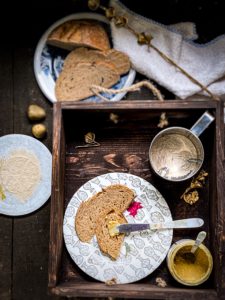
So if much of the wheat available is the new age modern day bread wheat,the question lies in, how do we go back to eating the ancient wheat grain ? That’s where the option of making informed choices comes in. Small groups of farmers across the world who understand the damage done by the Green revolution of the 1960 are now going back to growing these ancient wheat grains. Just like how we went back and pulled our millets from extinction, the ancient wheat grain is making a revival. Farms like Two brothers Organic Farm in Pune , Coimbatore based organisations like Bio Basics have been promoting the goodness of Emmer wheat flour. Arabindh of 5x foods here in Coimbatore is also highly knowledgeable about ancient wheat and hence makes his sour dough breads only with the Emmer wheat flour.
Khapli (Emmer) whole wheat grains are also available in our supermarkets because it is still being grown in some parts of India . In order to bring about a change and to continue being able to eat our favourites ; the tandoori roti, puri, godhumai halwa and other comfort foods ,we can start asking our local shops and food stores for emmer wheat and products made with this ancient wheat.
A demand of this nature then filters down to the farmers and helps them grow traditional varieties on their land which in turn will help the environment. (just like how we see millets everywhere now)
Making Emmer wheat a part of our diet was a conscious decision we made at our home about a year ago .Since then I have been recommending it to friends and family to give it a try. The cakes and cookies turn out great too. I even suggested it to someone who is sensitive to gluten because studies show that the natural gluten in this ancient strain of wheat does not cause difficulties when being digested. It makes complete sense.
I often hear ,”oh but you don’t eat maida” or “maida and wheat are actually the same”. We do love a good kothu parota (maida based dish) and enjoy it heartily but at the same time it’s not an ingredient which I miss having in my kitchen.
Whole wheat itself has been put through so much genetic mutilation…if that wasn’t enough we do further damage by bleaching and refining to get ‘white’ flour. We humans sure are a complicated lot. First we tamper with food and then look for a way to fix it !
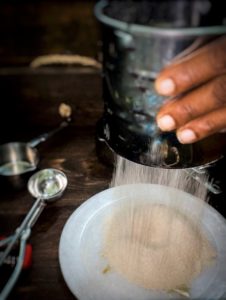
BIO BASICS :9677610246 ,9677640246
PLAN B /5XFOODS :9500542986 (WHATSAPP ORDER)
Links to understand wheat further
https://www.whitneyerd.com/2015/04/ancient-grains-vs-modern-wheat-whats-the-difference.html
https://wholegrainscouncil.org/whole-grains-101/whats-whole-grain/ancient-grains
https://coloradowheat.org/2013/11/why-is-the-wheat-genome-so-complicated/
https://en.wikipedia.org/wiki/Taxonomy_of_wheat


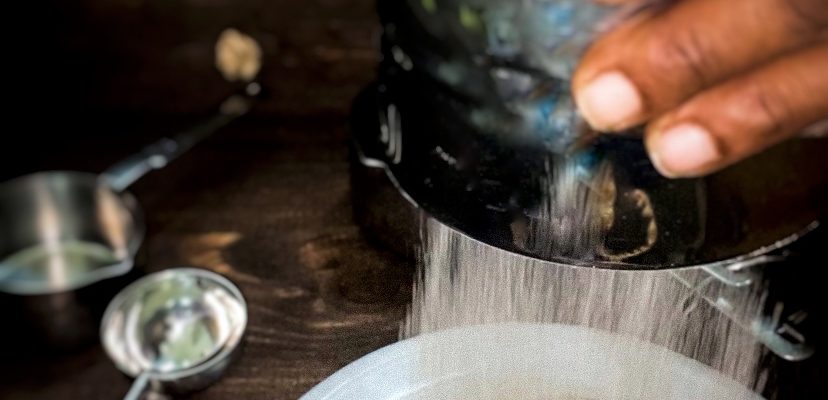
Very interesting. I will switch to Emmer . Thank you
Thank you.Do let me know how it feels after trying.
Nice article and thanks for promoting local businesses! Apart from the issues of hybridisation, the flour is standardised to behave in a certain predicted way for each brand of flour. The same variety of wheat, grown in the same farm will be different from harvest to harvest depending on the climatic conditions. So flour milled from these wheat grains and dough made from them will have little variations. Not to mention when wheat grains from different farms and regions are consolidated and used to mill flour. The industrial flour mills standardises the resulting flour by the addition of additives (is it some form of gluten?) so that these variations are suppressed and fortified with inorganic substances. On top of that the food manufacturer may add dough conditioners/improvers and what not. The resulting end product may not go well with ones digestive system and the blame is on the gluten!
Thanks so much for your valuable inputs.